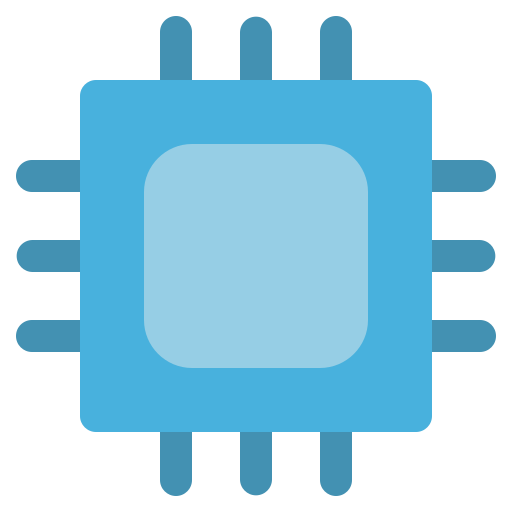Oh, forgot about healing wells, thanks for the reminder. You should probably be able to throw the ankh directly too? But I don’t encounter them every run (e.g. didn’t have any this one) so they aren’t reliable.
I know ascending is easy (did it many times, though only with 0-1 challenges, none of them Swarm Intelligence) and adds a 1.25 multiplier and I’ll do it when I go for that badge - but I didn’t plan for it (thought 6 challenges would be 2-3x harder than it turned out) so I wasn’t prepared to ascend this run. I’d have probably died in the 21-24 zone.
So you think it should be On Diet? Hmm, maybe. But exploration with both On Diet and Into Darkness will be challenging.













I knew a Horn of Plenty is a good choice, but I didn’t think it’s that good. Thanks!